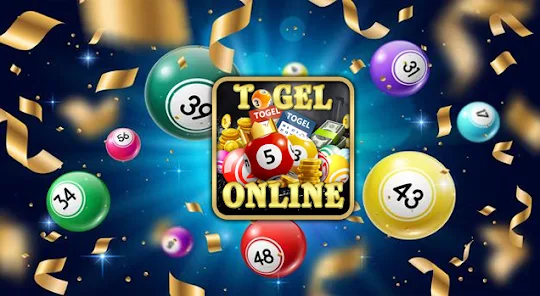
In the world of casino games and slot machines, RTP (Return to Player) and Volatility are two key concepts that describe how a game behaves in terms of rajabandot and risk. Both are important for players to understand in order to manage expectations and choose games that suit their playing style.
1. RTP (Return to Player)
RTP refers to the percentage of all the wagered money a slot or game is expected to pay back to players over time. It is expressed as a percentage, usually between 85% and 98%. The higher the RTP, the more likely players are to get a larger portion of their wagers back over time. For example, if a slot game has an RTP of 95%, it means that, on average, for every $100 wagered, $95 will be returned to players as winnings over the long run.
2. How RTP is Calculated
RTP is calculated over a vast number of plays, often millions of spins for a slot machine. It is important to note that RTP is theoretical, meaning it reflects long-term returns rather than short-term results. Players may experience streaks of wins or losses that deviate from the RTP in the short run.
3. Volatility
Volatility (or Variance) refers to the level of risk associated with a specific game. It measures how often and how much a game is likely to pay out. There are three primary levels of volatility: low, medium, and high.
- Low Volatility: Games with low volatility offer frequent but smaller payouts. These games are ideal for players who want consistent wins, even if the amounts are modest.
- High Volatility: In contrast, high volatility games pay out less frequently, but when they do, the payouts are much larger. These games are for risk-takers who are comfortable waiting longer periods for a big win.
- Medium Volatility: A balance between the two, offering moderate payouts at a moderate frequency.
4. How Volatility Affects Gameplay
Volatility directly impacts a player’s experience. High-volatility games can be thrilling but might require more patience and a larger bankroll, as they can go many spins without paying. Low-volatility games provide steady entertainment but might lack the excitement of landing a massive jackpot.
5. RTP vs. Volatility
While both RTP and volatility are key indicators of how a game pays, they serve different functions. RTP gives a sense of the overall payout percentage over time, whereas volatility helps gauge the risks and rewards of a game in the short term. A game can have a high RTP but still be highly volatile, meaning that while it theoretically pays out a good percentage of bets, those payouts may come in large, infrequent sums.
6. Example of RTP and Volatility in Slot Machines
Consider two slot games:
- Slot A has an RTP of 96% and low volatility, meaning players can expect smaller but more frequent wins.
- Slot B has an RTP of 95% and high volatility, where players might lose more often but have the chance to hit a big jackpot.
Despite Slot B having a slightly lower RTP, it might appeal to players looking for a bigger thrill and higher rewards.
7. Choosing Games Based on RTP and Volatility
Understanding RTP and volatility helps players make informed choices about which games suit their goals. Players looking for long gaming sessions with less risk might opt for games with higher RTP and lower volatility. On the other hand, players chasing big wins might prefer games with higher volatility, despite a potentially lower RTP.
8. RTP and Game Design
Game developers design RTP and volatility based on the theme, target audience, and the desired experience. For instance, progressive jackpot slots often have high volatility and lower RTP because the allure is the chance to win a life-changing amount, even if it’s rare.
9. Impact on Casino Profits
RTP is also crucial for casinos. While the RTP benefits players by providing transparency, it also ensures casinos maintain profitability. For instance, with a 96% RTP, the casino keeps a 4% house edge over time, which is enough to ensure the casino earns while players enjoy the game.
10. Conclusion
Both RTP and volatility are essential concepts for anyone who enjoys casino games or slot machines. RTP provides a long-term expectation of a game’s payout percentage, while volatility describes the risk and reward structure in the short term. Together, they help players pick games that match their risk tolerance, gaming preferences, and entertainment goals. Understanding these factors can make gaming experiences more enjoyable and financially manageable.
Be First to Comment